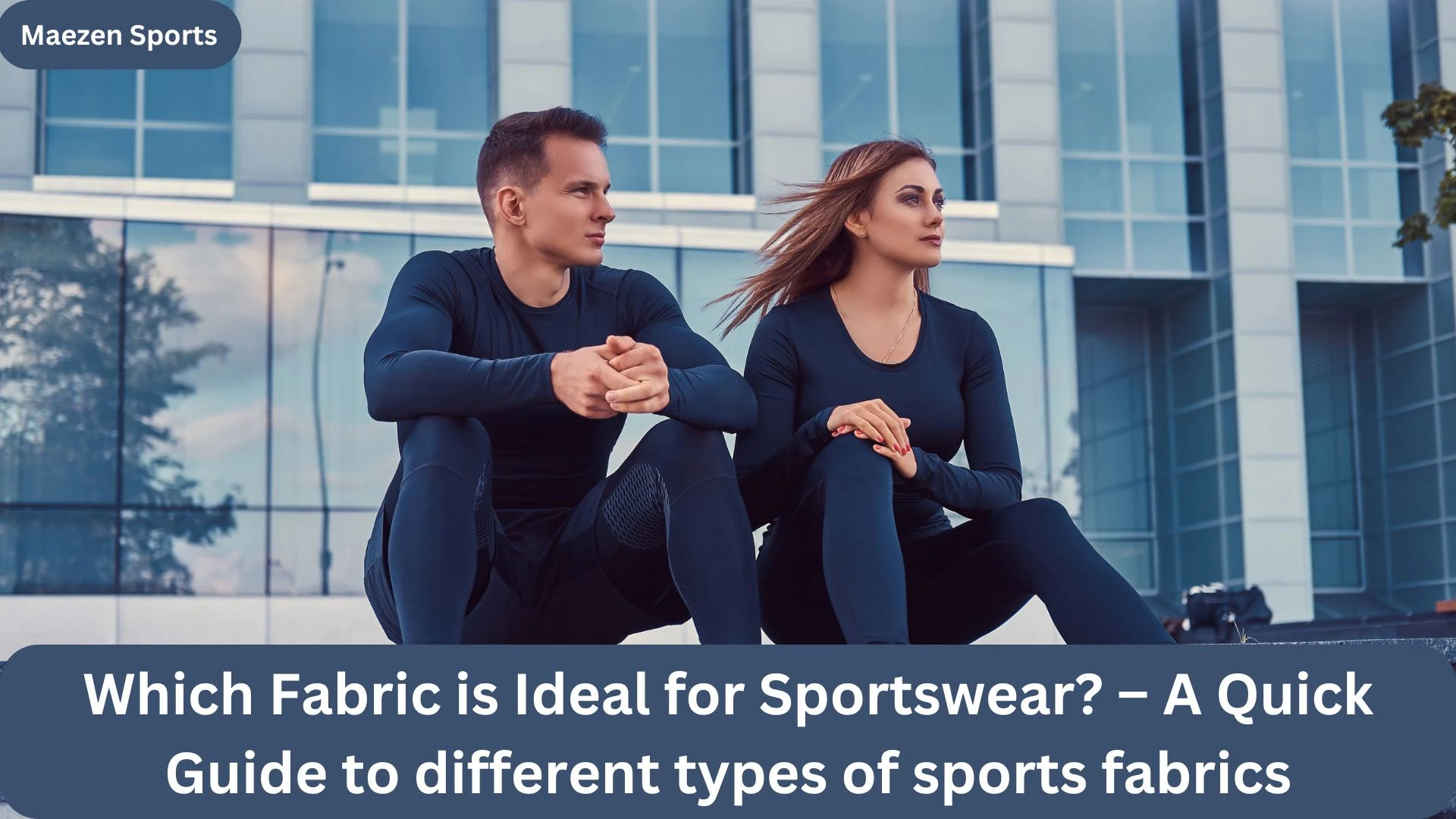In today’s market, with so many options available, it feels overwhelming when deciding which fabric is ideal for sports wear clothing projects. The sportswear industry offers a variety of clothing designed for every type of sport and environment
When selecting the perfect fabric for custom sportswear embroidery projects, it’s essential to consider several key factors that will impact both the performance and aesthetics of the final product. The material you choose plays an important role in holding the embroidery stitching, which is important to achieving certain designs.
Comfort is another essential area to be considered when designing quality sportswear. When exercising, discomfort can be distracting, taking you out of your zone. Therefore, selecting soft and scratch-resistant material will be able to allow you full mobility, which is a vital aspect
Moisture regulation is crucial for keeping athletes comfortable during intense physical activities. Fabric that effectively transports moisture, like sweat, away from the body is essential. Without his feature, athletes may quickly become too cold or too hot, leading to discomfort, muscle cramps, and muscle strain. Therefore, choosing fabrics that offer excellent moisture-wicking properties is a must.
Weight and durability are also key role factors when choosing sports clothing. The material must be hard-wearing, as it undergoes significant stress during exercise and sporting activities. The weight of the fabric plays an important role, as every extra ounce can slow down performance and energy levels. Opting for lightweight yet durable material ensures better performance while preventing unnecessary fatigue.
Protection against the elements has become increasingly important in the selection of materials for sportswear. In certain climates, the ability to block wind and water is vital. Waterproof and wind-resistant material provides necessary protection, ensuring that athletes can train or compete in all conditions without being at risk from he environment.
Lastly, the price of the fabric should always be considered. Sportswar brand should ensure that the fabric’s quality, sustainability, and performance justify its cost, especially in today’s competitive market, where buyers have the upper hand prices are constantly under pressure.
What Makes a Fabric Suitable for Sportswear?
Sportswear isn’t all the same. The best types of sports fabrics are breathable, able to handle sweat and stretch with your movements. Moisture-wicking fabrics are essential for sportswear, as they remove sweat from the skin. Breathability is important as it allows air to flow. Durability is essential for yoga and outdoor sports.
Fabrics for sportswear must meet certain performance standards. They should be able to regulate body temperature, resist wear and tear, and feel comfortable during long activities. Each fabric has unique characteristics, regardless of whether it is a synthetic material like polyester or cotton fabric.
Compare the Fabrics: Types of Sports Fabric
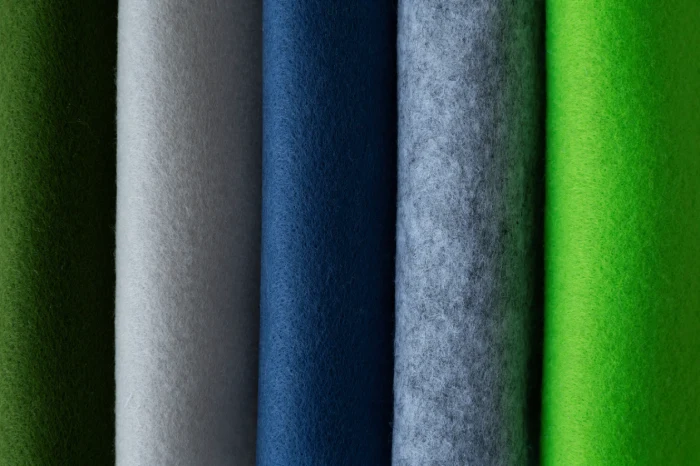
Each type of fabric has its benefits. We will examine the most common sports fabrics and see how they perform in different sports.
1. Cotton
Over the years, the idea that cotton isn’t the best material for active wear has been widely accepted, with many experts in the industry claiming that it doesn’t absorb sweat effectively. However, things have begun to shift, as cotton sportswear is making a comeback. This time, it’s being recognized for its excellent odor management, something that sets it apart from other materials. Unlike synthetic fabrics, cotton is breathable and doesn’t trap foul smells and odours as easily, which is a major benefit for those who engage in daily activities.
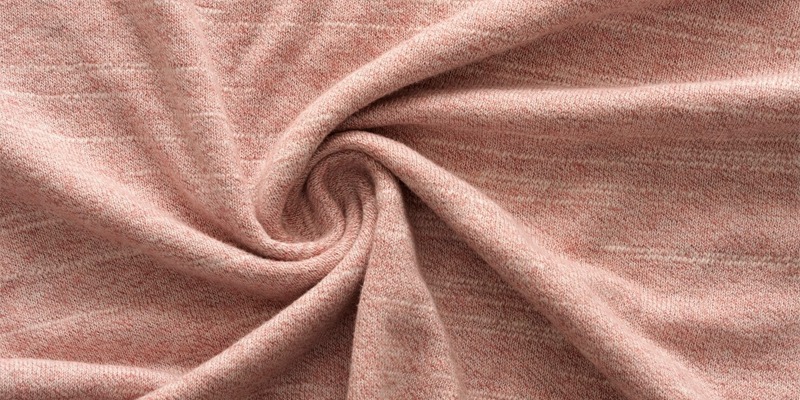
But, despite its revival, cotton still struggles to keep up with more modern, technologically advanced materials when it comes to rapid sweat absorbing. Materials like synthetic fibers are still far superior in this area. Yet, the balance between comfort and performance is what makes cotton sportswear stand out. It’s an excellent option for those who prefer natural fibers while still benefiting from features like better odor management. Whether you’re into sports or simply looking for comfortable everyday wear, cotton has a lot to offer.
2. Calico Cotton
Calico is an unfinished version of cotton, which means that it goes through the same process as cotton but stops before it is fully processed. This unique characteristic gives calico some advantages, especially in terms of its absorbency, which makes it an ideal material for active wear. Additionally, it offers a green alternative to other fabrics, making it a great choice for those looking to make more sustainable decisions. Since calico remains undyed and raw, it is usually very affordable.
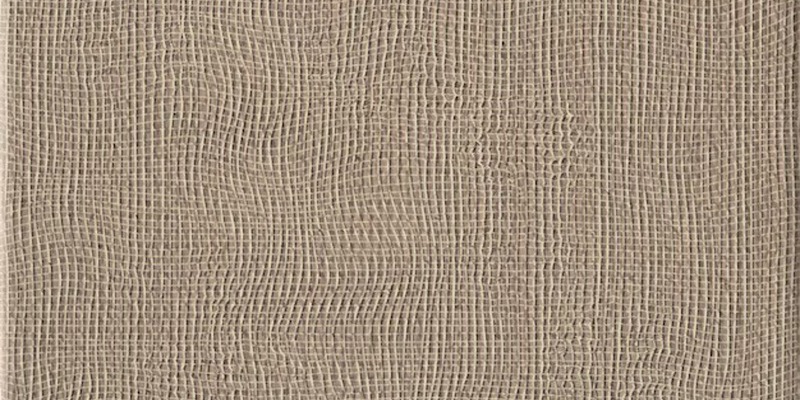
However, its natural aesthetic might not appeal to everyone, requiring additional work to introduce color later on. Despite its drawbacks in appearance, the affordability and environmental benefits make it an appealing choice for various applications, particularly for those focused on sustainability and budget-friendly options.
3. Spandex (Lycra)
Spandex is one of the top materials used in gym and sportswear, thanks to its amazing stretchability. The fabric is known for stretching significantly, up to 100 times its original size, which allows for maximum comfort and freedom during strenuous movements. This flexibility makes it a go-to option for sportswear manufacturers globally.
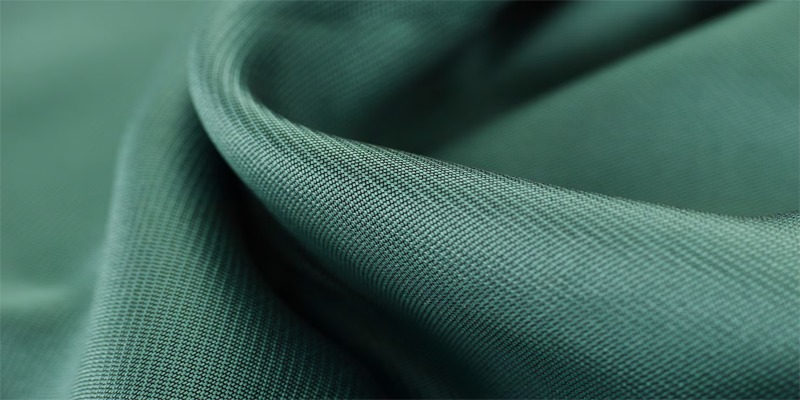
Not only is spandex great for agility and comfort, but it also has the ability to absorb sweat, breathe, and dry quickly, making it a feature-rich material for active wear. While it may be affordable and malleable, a downside to spandex is that it’s difficult to embroider on, as it does not hold stitch designs well. Despite this, its versatility and practicality for sports make it a favorite choice for those seeking high-performance clothing.
4. Microfiber Fabric
Microfiber is a man-made fabric made from extremely fine thread fibers, so small that they are 100 times thinner than a human hair. It’s created by blending polyester and polyamide, which results in a material with exceptional qualities. Because of the complex blending process, microfiber tends to be on the expensive side.
However, it is often used in high-quality products like gymwear, towels, and tracksuits, thanks to its highly absorbent nature and non-abrasive feel. These features make it ideal for athletic wear, as it provides both comfort and performance during intense workouts.
5. Synthetic Fabrics (Polyester & Blends)
Synthetic sportswear was created as an alternative to the uncomfortable rubber and plastic materials that often caused athletes to overheat. This innovative fabric is not only used in clothing but also in various sporting equipment, like knee and elbow bands. One of its standout features is its breathability, along with the ability to quickly absorb sweat, helping athletes stay cool during intense exercise.
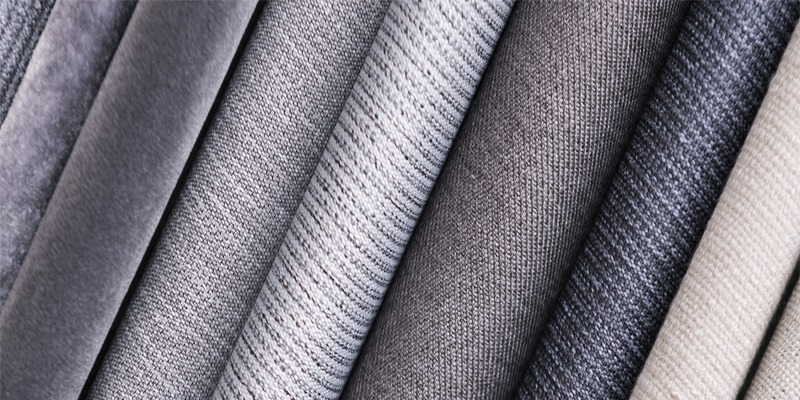
However, a major downside of synthetic sportswear is its environmental impact. It is produced using chemical synthesis, which results in non-renewable byproducts, making it less sustainable in the long run.
6. Bamboo-Based Fabrics
If you’re looking for a super soft and moisture-wicking option for your activewear, bamboo fabric is the way to go. Made from bamboo pulp, this natural fabric is light, anti-static, and highly breathable, making it perfect for sportswear. Bamboo fiber also has the unique advantage of being odorless, while offering excellent protection against UV rays, so you can wear it under the sun for extended periods without worry.
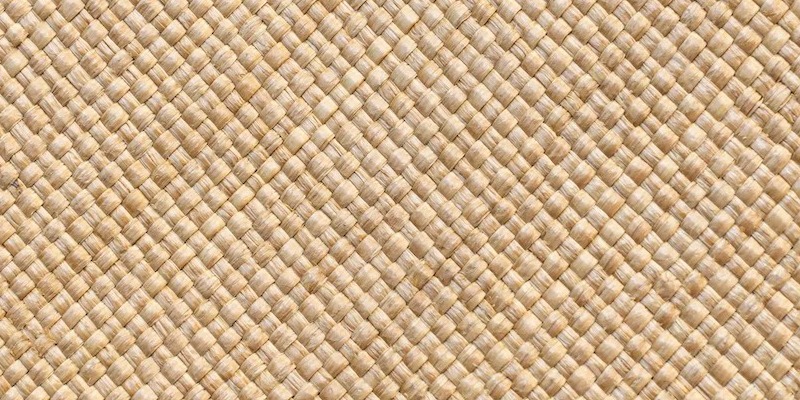
Many manufacturers are increasingly favoring bamboo over cotton due to its stretchiness, malleability, and ease of weaving into fabrics with high thread counts. Bamboo fabric is not only thinner but also maintains or exceeds cotton’s flexibility, making it a fantastic option for comfortable, eco-friendly clothing.
7. Nylon Materials
Originally known for its use in women’s stockings, nylon has become a staple in sportswear, including windrunners, tracksuits, and various types of gymwear. This synthetic fiber is known for its stretchiness and quick-drying properties, making it ideal for active wear.
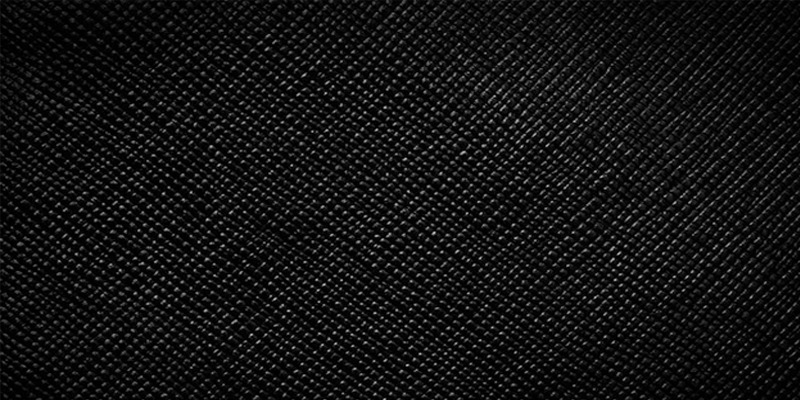
It’s also mildew resistant and highly breathable, allowing cool air to reach the skin while also wicking sweat away to the fabric’s surface. From there, it evaporates, keeping you comfortable and temperature-controlled throughout your workout or outdoor activities.
8. Gore-Tex and Advanced Materials
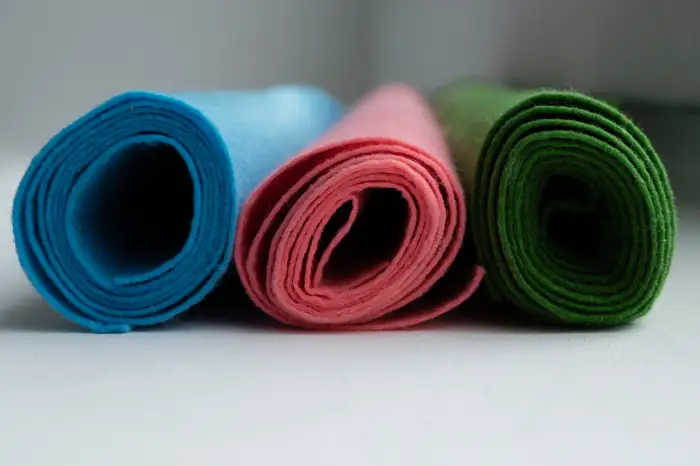
GoreTex fabric is designed for outdoor sports. It’s waterproof, windproof, and breathable. It is perfect for sports coats and jackets used in extreme weather conditions. Gore-Tex is especially useful for outdoor activities like hiking, skiing, or cycling when protection from the weather elements is key.
The fabric is very durable and resistant to weather. This fabric is not necessary for all sports, but it’s great for those who spend a lot of time outside.
polyester
Polyester is widely used in sportswear for its impressive qualities. Made from plastic fibers, it is lightweight, wrinkle-free, and highly durable, making it a popular choice for athletes and active individuals. Unlike other fabrics, polyester is non-absorbent, meaning sweat sits on the surface, allowing it to dry quickly. Its high strength and resistance to repetitive movements also ensure longevity, even under the stress of intense physical activity. Additionally, polyester offers great insulating properties, making it ideal for environments with fluctuating temperatures, whether hot or cold. This combination of features, along with its affordability, makes it a staple in the sportswear industry.
How can you choose when there are so few options?
When choosing fabric for sportswear, consider the activity that you plan to do, the weather and your comfort preferences. Moisture-wicking fabrics are important for sports that involve a lot of sweat.
Softer fabrics are better for exercises with less effort. Choose the sports fabric best suited to your needs. For example, durability is important for outdoor sports, while flexibility is essential for yoga.
The Fabrics are for Everyone
Each fabric is used for a particular purpose in sportswear. Cotton is perfect for casual clothing. Spandex provides excellent elasticity. Blends of synthetic materials such as nylon and polyester are great for durability. Gore-Tex or Bamboo is a great choice for anyone who wants to be environmentally friendly and still get outdoor performance.
Understanding sports fabrics and their types will help you to make an informed choice that balances performance, comfort and sustainability. For more insights, check out Maézen Sports Apparel.

